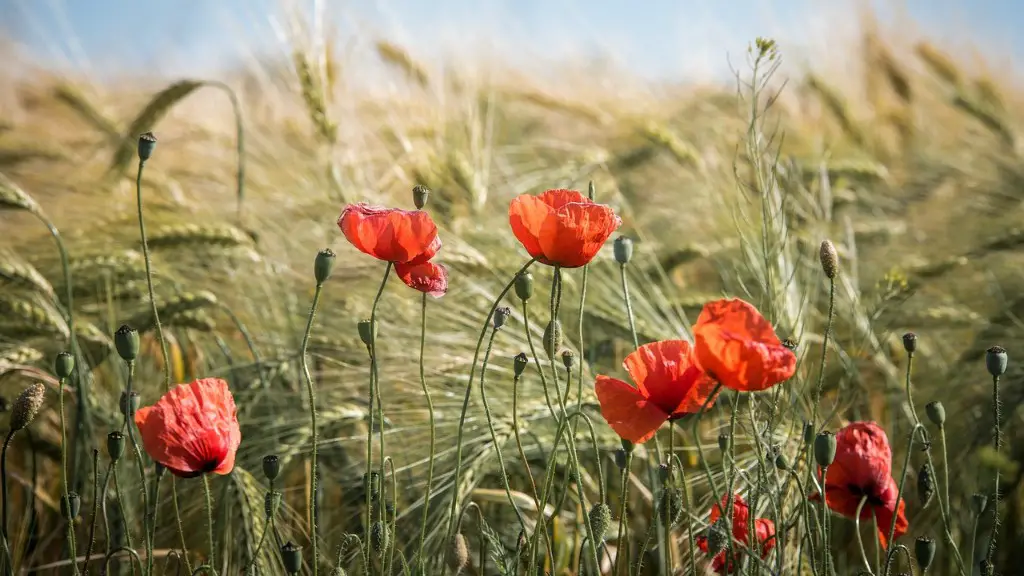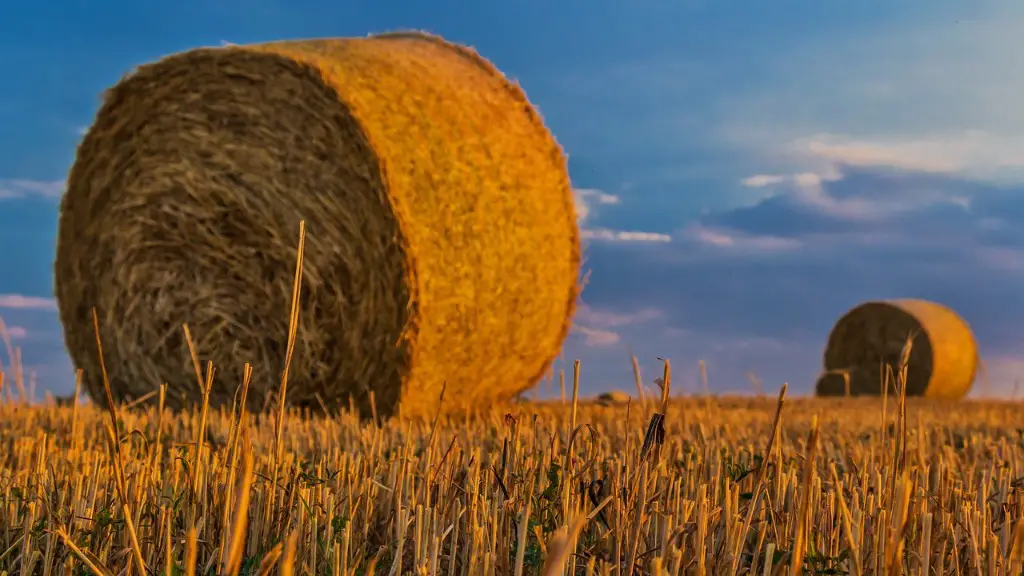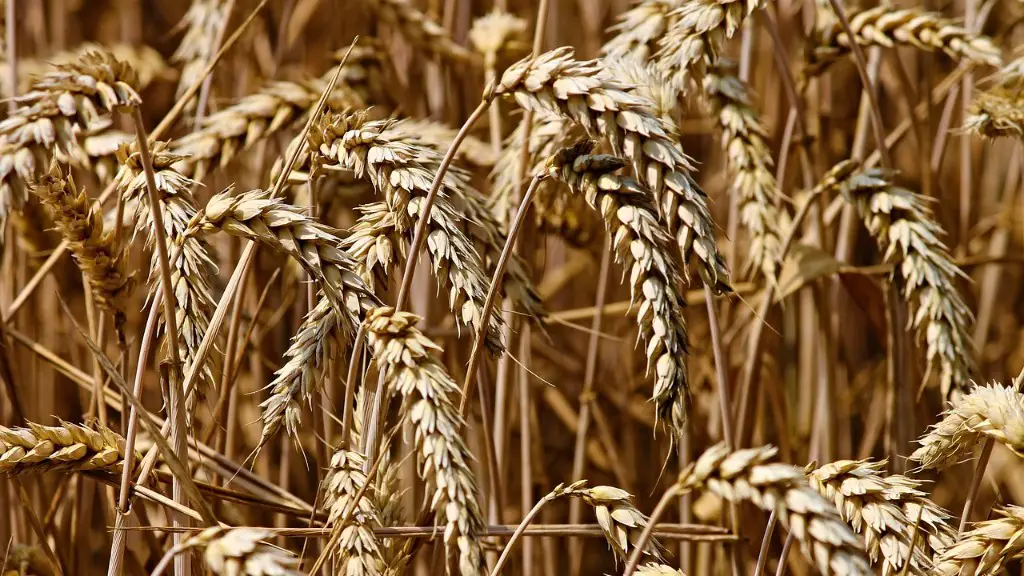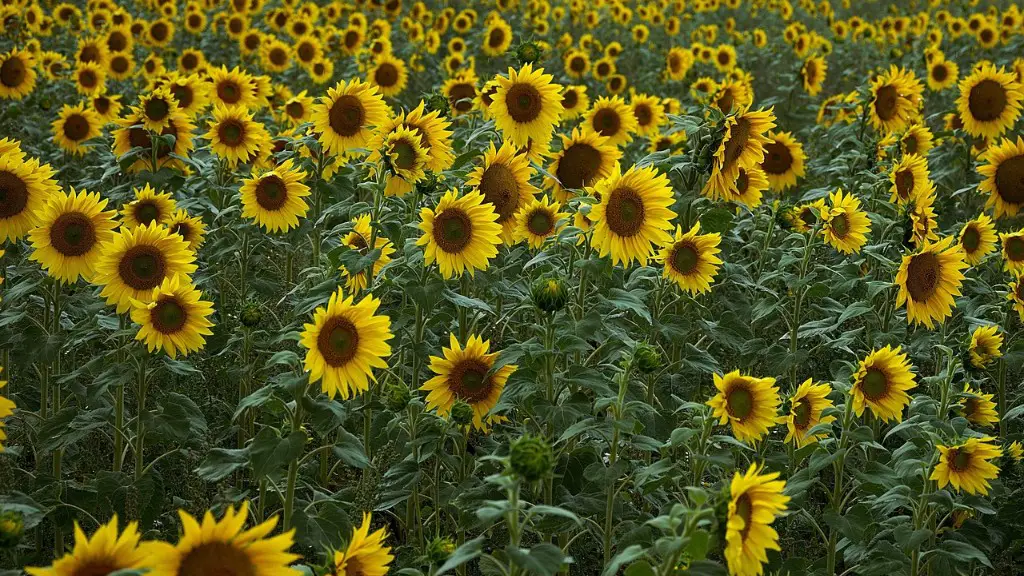Farmers should understand the importance of soil erosion prevention in order to ensure a successful and sustainable agricultural operation. Soil erosion is the loss of top soil and its organic matter, resulting in a decrease in soil fertility, which is essential for crop production. The effects of soil erosion can be devastating for farmers, as loss of top soil can mean reduced crop yields and the need for expensive fertilizer. Fortunately, there are steps that can be taken to prevent soil erosion and ensure the continuation of a successful farming operation.
Conservation Tillage
Conservation tillage is an agricultural practice that involves leaving a portion of crop stubble or plant residue on the surface of the soil. This can reduce soil erosion significantly by reducing wind erosion and runoff. It also helps to keep the soil cool and retain moisture, improving crop yields. In addition, conservation tillage also helps to reduce emmisions of carbon dioxide, a major contributor to climate change.
Cover Crops
Cover crops are another way to reduce soil erosion. These are planted specifically to protect the soil, and can help to keep the top soil in place. Some examples of cover crops include legumes, grasses, and small grains. Not only do these crops help to protect the soil from erosion, but they can also help to improve soil fertility and reduce the need for chemical fertilizers.
Mulches
Mulches are a simple way to reduce soil erosion. Mulches are organic materials, such as leaves, straw, wood chips, or compost, that are added to the soil. These materials help to hold soil in place and reduce the potential for runoff. In addition, mulches can also help to improve soil fertility and reduce the need for chemical fertilizers.
Contour Plowing
Contour plowing is another method used to reduce soil erosion. This involves plowing furrows at an angle across the slope of a field. This creates a series of ridges, or terraces, which help to retain water and slow the movement of runoff down a slope. Contour plowing can also help to improve soil fertility and reduce the risk of soil erosion.
Vegetative Barriers
Vegetative barriers are a more permanent way to reduce soil erosion. These are strips of plants, such as trees and shrubs, planted along the edges of fields. The roots of these plants help to hold soil in place and reduce runoff, as well as providing habitat for beneficial wildlife.
Crop Rotation
Crop rotation is a practice used by farmers to reduce soil erosion and improve soil fertility. This involves rotating crops grown on a field over the season. Different crops require different depths of cultivation, meaning the soil can be aerated, improving its fertility and reducing the potential for erosion.
Pest Management
Pest management is an important part of any successful agriculture operation. By managing pests, farmers can reduce the need for chemical fertilizers that can increase the potential for soil erosion. Farmers should use Integrated Pest Management (IPM) to identify and control pests. IPM involves using a combination of prevention strategies, such as good housekeeping, proper sanitation, and crop rotation, as well as chemical controls.
Conservation Easements
Conservation easements are an important tool that can be used to protect farmland from soil erosion. These are agreements between farmers and government agencies that set aside land from development and preserve it for agriculture. They are designed to protect the land from development and other activities that could impact soil erosion.
Tree Planting
Tree planting is another way to reduce soil erosion. Trees help to hold soil in place and prevent runoff. They also help to improve soil fertility and reduce the risk of flood damage. Planting trees can also provide wildlife habitat and add to the aesthetic of a landscape.
Riparian Buffers
Riparian buffers are an effective way to reduce soil erosion. These are strips of vegetation planted along the edges of streams and waterways. These buffers help to minimize the impact of runoff and protect the soil from erosion. In addition, they also provide habitat for wildlife and can improve water quality.
Compost
Compost is a natural soil amendment that can be used to reduce soil erosion. Compost can help to keep the topsoil in place, reduce runoff, and improve the fertility of the soil. It also helps to reduce the need for chemical fertilizers and can improve the water-holding capacity of the soil.
Water Harvesting
Water harvesting is an important practice for preventing soil erosion. This involves collecting and storing rainwater for future use in the farm. This reduces the need to irrigate the fields with hand-held pump which can compromise the soil’s structure and reduce its fertility, increasing the risk of erosion.
Protection of Stream Banks
Stream banks should be protected to reduce the risk of soil erosion. Streams can erode soil from the banks if there is not enough vegetation to hold it in place. Planting trees and shrubs along the banks of streams can help to prevent erosion, as can the use of terraces and other soil-conservation methods.



